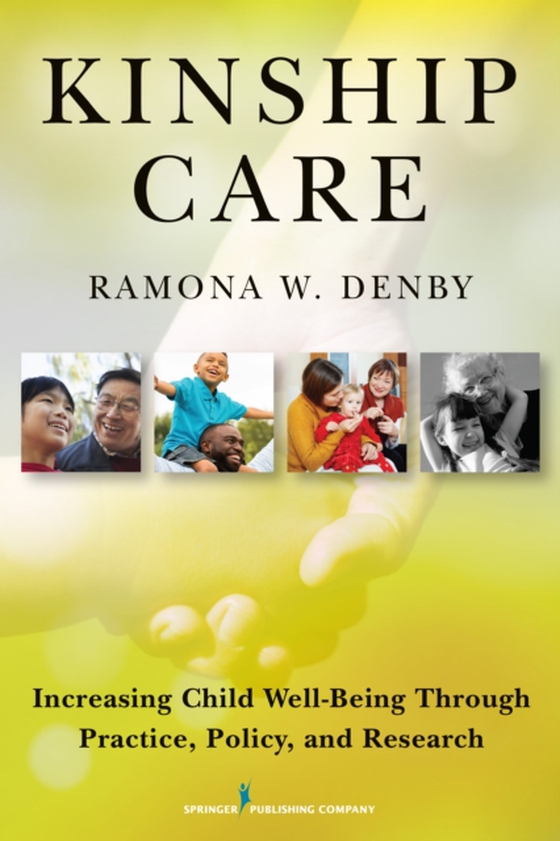
Kinship Care e-bog
546,47 DKK
(inkl. moms 683,09 DKK)
Kinship care is one of the most prevalent forms of placement used for maltreated children and youths. This book is the first to provide a systematic and theory-informed approach to preparing caregivers for the vital role they play in the lives of abused and neglected children. It presents a relationship-building framework that can be used to better achieve the three major child welfar...
E-bog
546,47 DKK
Forlag
Springer Publishing Company
Udgivet
25 november 2015
Længde
320 sider
Genrer
Child welfare and youth services
Sprog
English
Format
pdf
Beskyttelse
LCP
ISBN
9780826125330
Kinship care is one of the most prevalent forms of placement used for maltreated children and youths. This book is the first to provide a systematic and theory-informed approach to preparing caregivers for the vital role they play in the lives of abused and neglected children. It presents a relationship-building framework that can be used to better achieve the three major child welfare goals: (1) protection, (2) permanency, and (3) well-being. Child welfare students and practitioners will learn evidence-based practice and policy strategies that foster attachment, identity, and belongingness in children, enabling the children to reconnect and establish important relationships and social supports that are vital to their development. The text traces the historical development of kinship care and describes the current knowledge base-both theoretical and practical-about this form of child placement. It discusses the political, social, cultural, and economic contexts of kinship care and how policies can be reshaped to better support the kinship paradigm. A variety of options for kinship relationships are explored along with strategies to assure child safety within kinship care. Case examples throughout illustrate the practical application of strategies and policy approaches. Key Features: Describes an evidence-based, relationship-building framework for achieving the major child welfare goals of protection, permanency, and well-being Discusses the history, development, and current state of knowledge about kinship care Addresses varied options for kinship relationships Focuses on strategies to assure child safety within the kinship relationship
 Dansk
Dansk

